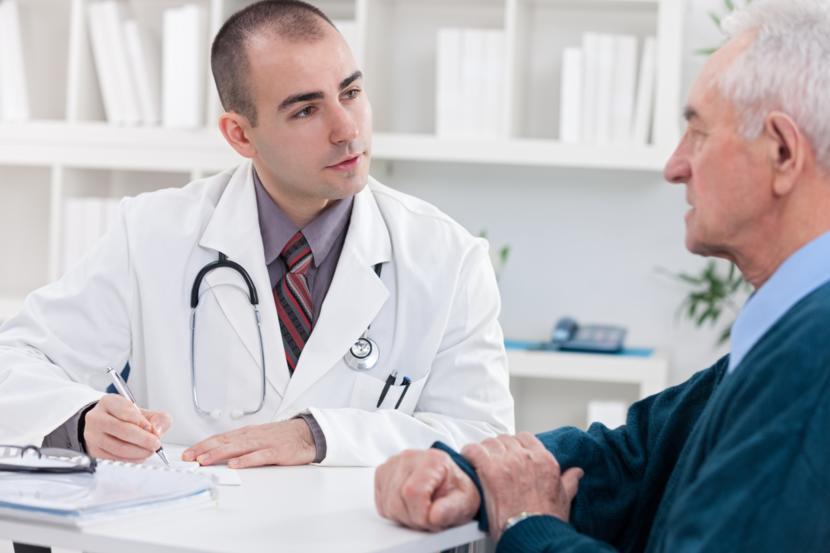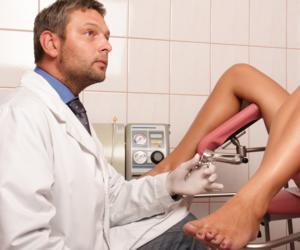How to Prepare for a Laparoscopy

Overview
Laparoscopy is a type of endoscopic procedure that will allow doctors to look inside your abdomen using a surgical telescope. The telescope is known as the laparoscope. The laparoscope is equipped with a front camera that transmits the images captured in high definition to a nearby video monitor. Thus, your doctor views your abdominal organs in real time. Nowadays, laparoscopic techniques are also used during knee and shoulder surgeries.
The laparoscopic process is frequently used in the removal of a kidney from a donor, observing tumors, viewing abdominal injuries sustained in an accident, repairing damaged abdominal organs, removal of worn out abdominal organs, hernia repair, and checking the source of abdominal pain, among others.
Each person will experience different outcomes depending on one's expectations such as the length of surgery, the facility where the operation takes place, the surgeon, how we respond to pain, the nursing staff, and many other factors. Moreover, each individual will heal differently.
The following information has therefore been compiled to assist you to have a better understanding of what is to be done before, during, and after a laparoscopic procedure. The information will also help you in preparing for the procedure.
What to Do Before a Laparoscopy Begins
Just like most surgeries, drinking and eating are prohibited for eight hours before the operation. This time range will, however, depend on the laparoscopic procedure being done.
You are advised to get an earlier date with your doctor for convenience. The doctor will recommend that you wash your hair before the operation. Remove any dental appliances such as retainers and elastic bands in your mouth. Ensure that you take a bath using an antibacterial soap before the surgery. All forms of body piercings, jewelry, and nail polish should also be removed.
Due to the effects associated with the general anesthesia that will be administered, you are advised to have someone who will accompany you to the hospital and who will also come pick you up. It would not be wise to go by yourself while still experiencing the effects of the anesthesia.
You are also required to inform your doctor about all of the current medications that you are taking. The doctor will then determine whether the medication can interfere with the outcome of the surgery. Tell your doctor about any allergies that you might be having for him to assess whether the anesthesia can trigger allergic reactions and for you to avoid unnecessary complications. If the anesthesia is found to be in conflict with your body, your doctor will recommend an alternative that does not trigger allergic reactions.
Ask the hospital for all the copies of your medical records and make a list of the different questions that you will ask your doctor. Ensure that you communicate to your employer about your medical leave so that they are aware of your condition. Find a person who will take care of you during the first 24 hours after your surgery. A spouse, close friend, or relative are usually preferred.
Check Your Packing List
Your packing list should contain the essential items that you will need while you are in the hospital and after your surgery. They include your phone, toiletries, night clothes or pajamas, and a pillow to cushion your tummy.
The Recovery Period: What to Do After a Laparoscopy?
When surgery is done, you will be placed in a recovery room, where hospital nurses will look after you by monitoring your vital signs. If all things are clear, you will be released after two to four hours.
Upon discharge, ensure that you have with you the prescribed painkillers, the release form, copy of the consent form, medical leave certificate, and hospital instructions on how you will take care of yourself as you heal as well as extra sterile dressings for your surgical wound.
Let someone take you home since you will still experience the effect of the anesthesia. It is recommended to avoid unwanted injuries that may damage your surgical wound. While in the car, use a pillow as a shock absorber when hitting bumps on the road. Place the pillow against your stomach. On arriving home, take the first 24 hours to get some rest as the muscles in your abdomen will still be tender. Hold your pillow against your belly when coughing or sneezing to ease the pain. A shower is recommended after the surgery, but not frequently, as the wound would not have yet healed.
It is also recommended that you drink plenty of water. The water will help eliminate the traces of anesthesia. However, carbonated drinks are to be avoided for two days after the surgery. Refraining from these drinks will minimize the chances of vomiting and gas pains.
The gas used during surgery will irritate your diaphragm for some days. Some of it might leak into your skin. You will notice a crackling sound when you rub the surrounding skin close to the stitches. However, it will go away in a few days. Therefore, you need not worry when you experience such symptoms.
Monitor your stitches and keep in mind the follow-up date for their removal. If they are stitches that can be absorbed by the skin, there is no need for a removal appointment.
All in all, the secret to a quick recovery will be achieved by following all the necessary instructions given by your doctor. Taking plenty of time to get your energy back will also help. A fast recovery, which is presumed after a few days, may not be the same for everyone. Give your body enough time to heal and do not hurry on your recovery. You might end up damaging the delicate wounds, and in the end calling for another unwanted surgery, which would have been otherwise avoided.
What are some of the risks involved during and after the surgery?
The risks that are associated with laparoscopy are usually minimal. However, bleeding and infections are the most common cases reported relating to a laparoscopy. Stomach pain, swelling at the incision site, and redness are usually reported. The doctor might also puncture a blood-related organ. As a result, injury to the organ and bleeding occurs. When the leak takes place in the colon, its contents will be discharged into the abdomen.
In the event of these complications, you are advised to contact your doctor, who will provide you further assistance. Failure to communicate these problems might lead to grave consequences such as permanent damage to the abdominal organs. As a patient, you are advised to always be on the lookout for the signs.
Results and Report
A final report about the surgery will be sent to the doctor. He will then communicate to you and you will meet and go through the results. The doctor will be keen to observe situations that require immediate attention. Always listen to the physician’s remarks regarding your condition. Acquire any further drug prescriptions that will be recommended for your speedy recovery. Since the report will show the details of the laparoscopic procedure, it would be wise for you to obtain a copy for future references.












